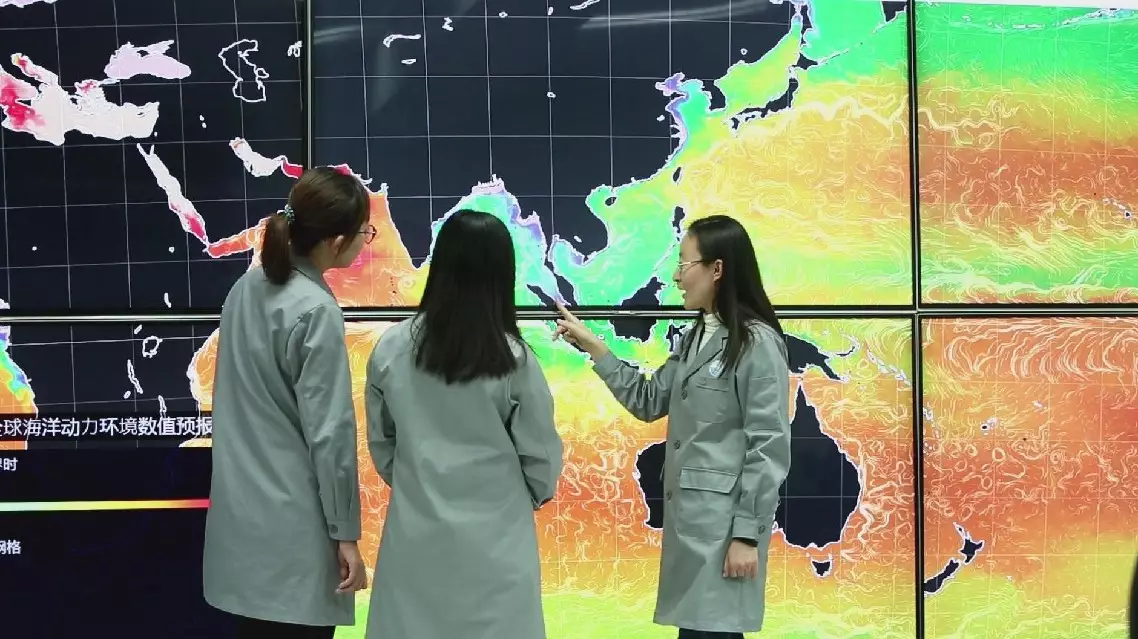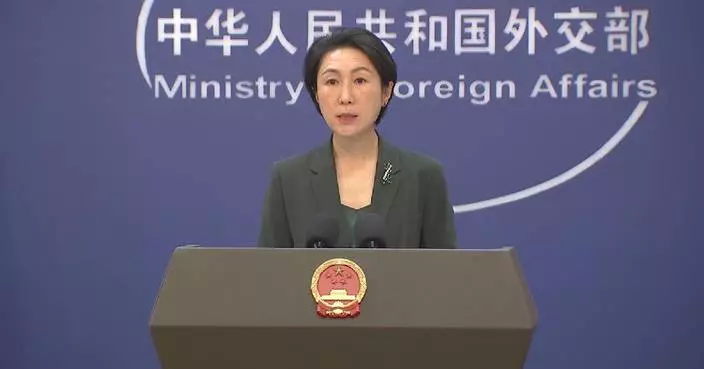China's National Marine Environmental Forecasting Center(NMEFC)has recently published the source code for its independently-developed "Mazu" series of ocean current and wave numerical forecast model, providing technical support for marine forecasting and scientific research, said the Ministry of Natural Resources.
The ocean current and wave numerical forecast model is mainly used to simulate and predict the development and changes of ocean currents and waves. After the code, a core tool for ocean forecasting and scientific research is open-sourced. It attracts domestic and foreign marine researchers to use, modify and expand the already-established code base and broaden its applications.
"We should encourage more marine scientists to use our model for its further development. Only when the outcomes of innovation are being used, can they be better developed. By open-sourcing our model, we can expand its applications in the fields of marine disaster prevention and mitigation, marine engineering and marine development and utilization," said Yuan Ye, the deputy director of the key laboratory of the NMEFC.
Since 2020, the Ministry of Natural Resources' marine early warning department has pushed for the research and development of the "Mazu" series of ocean current and wave numerical model as part of China's efforts to achieve self-reliance in marine forecast.
At present, China is among the global leaders in predicting ocean surface temperature and wave height thanks to the ocean current and wave numerical prediction model, which has played an important role in emergency response to marine disasters caused by typhoons such as this year's " Yagi" and "Gemi".

China provides open sources for ocean current, wave forecast model









